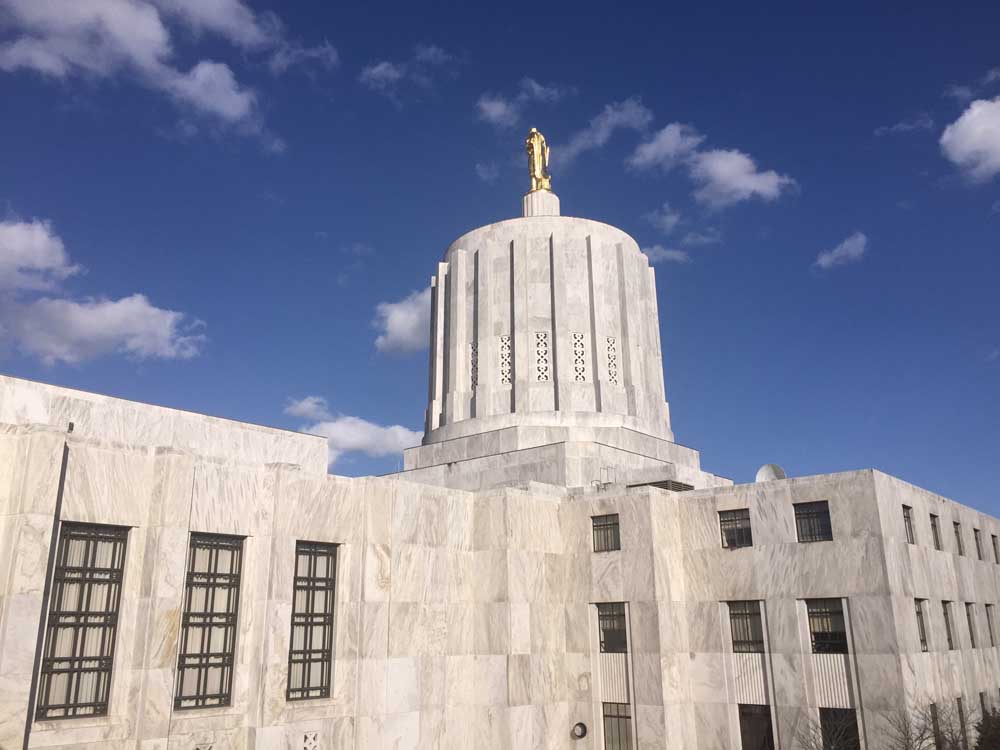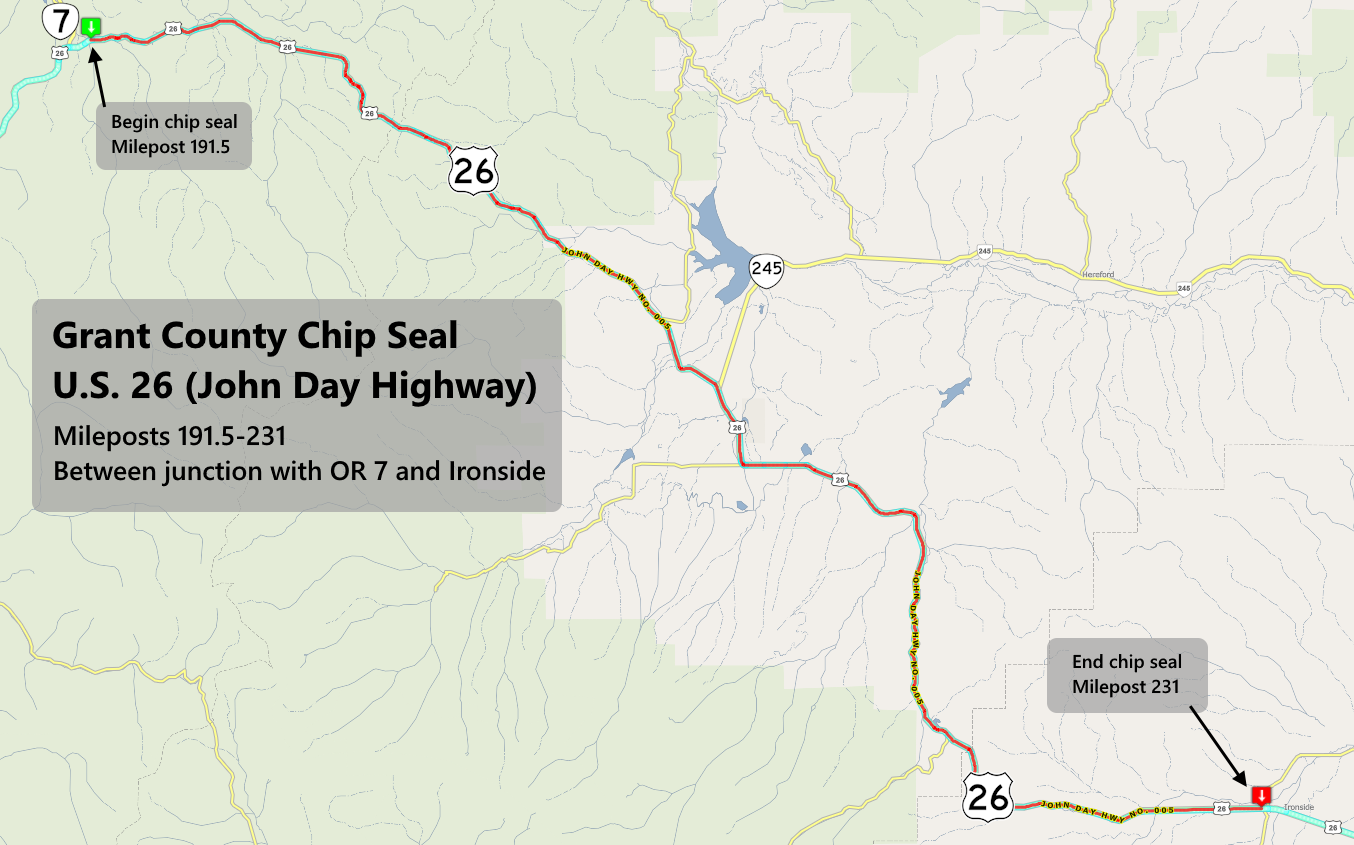OHA Director: More Medicaid problems may come to light
Published 10:50 am Monday, November 13, 2017

- State auditors found some questionable administrative costs — including $26,500 for a holiday party and “employee recognition expenses” — at a state-funded nonprofit that promotes renewable energy and energy efficiency.
SALEM — More problems with the state’s troubled Medicaid system may soon come to light.
OHA Director Pat Allen says new internal reports of processing problems in the Oregon Health Plan have arisen in the two weeks since the public learned that the state overpaid Medicaid providers to the tune of $74 million between 2014 and 2016.
Oregon may have to pay as much as $65 million to the federal government to reimburse it paid the state to cover Medicaid patients.
Allen listed the possible additional problems in the program during a legislative committee hearing Monday, adding that the $74 million figure may also no longer be accurate as the agency tries to sift through who bears responsibility for the costs of certain patients.
Allen did not provide much detail about the new problems, but said “without doubt” more will emerge.
The director said an employee approached him last week with documentation about possible mis-processing “when two different people who are similar to each other both enroll in the Oregon Health Plan.”
And, he said, accounting staff brought him “a list of concerns they’ve got about business processes” in OHP.
“Each of those things I just ticked off, we’re just beginning to find out about it, so we’ll have more to report about them as we thoroughly vet them and understand what’s going on,” Allen said.
Two weeks ago, revelations emerged that the state overpaid providers for members of Medicaid who were also eligible for Medicare.
The distinction is important: Medicare, a coverage program for the elderly funded solely by the federal government, pays first. Medicaid is paid for with both state and federal funds. So people who are technically eligible for both, if they are classified correctly, should be covered and paid for by Medicare at less cost to the state. In this case, though, the state paid for them as Medicaid patients.
While Allen said $74 million is better than a “rough guesstimate” of the amount overpaid, the actual amount is still not apparent.
The gap between the rate the state paid and what it should have paid varies because there are different types of Medicaid patients whose care is paid for at different rates. The state estimates that 11,000 to 13,000 people were misclassified as Medicaid patients when they were also eligible for Medicare.
That means it may take some time to fully understand how much the state may owe, said State Sen. Elizabeth Steiner Hayward.
“There may be other miscalculations we’re not aware of due to different match rates,” said Steiner Hayward. “The level of rigor and accountability (Allen is) expecting, it’s going to take a while to fix this, and we need to be cognizant of the amount of work it’s going to take.”
The state has already recouped $10.1 million from the coordinated care organizations — regional networks of providers for people on public health care — corresponding to overpayments from 2016.
Most of the 1.1 million patients enrolled in the Oregon Health Plan are enrolled in a coordinated care organization. CCOs are paid by the state on a per-patient basis.
Last week, Oregon Gov. Kate Brown directed Allen to recoup the remaining $64 million from the CCOs — a pivot from the agency’s earlier stance that the state didn’t have a way to claw back the excess payments from 2014 and 2015.
OHA was initially notified of the problems in October 2016 by the federal Centers for Medicare and Medicaid services, but it’s not apparent who at OHA knew about those problems and when.
Asked Monday whether the 16 CCOs could have known about the overpayment issues, Allen said that due to the size of the system, the overpayments for each person would have been incremental — like expecting a cable bill of about $150 and getting billed a few dollars more.
Josh Balloch, vice president of government relations and health policy at AllCare Health, a CCO with about 50,000 members in Southern Oregon, said two weeks ago that his organization might occasionally notice a certain patient is in the wrong rate group.
But since legally it’s the state’s job to determine eligibility for services, AllCare generally accepts the information the state tells them about patient classifications, Balloch said.
Furthermore, as Allen says, it’s not yet clear how much of the overpayments should have been paid for by Medicare, Balloch said.
“The issue is not, ‘Who pocketed a bunch of money?’” Balloch added. “It’s, ‘Who paid for what out of what bucket?’”
Allen said he’s trying to institute cultural changes at the Oregon Health Authority — including holding “office hours” so that employees can bring issues to him directly — and report issues to the governor sooner than was previously done.
Indeed, the problems about overpayment were brought to Allen in September, but weren’t known publicly — or by the governor — until The Oregonian received information about the issue through a public records request late last month.
“There are things we’re going to find out about,” Allen said. “It’s why this cultural notion of encouraging people to feel that they can come and talk and identify issues is just really critically important, because it’s the only way people will find out what’s in the back of the closet, if you will.”






